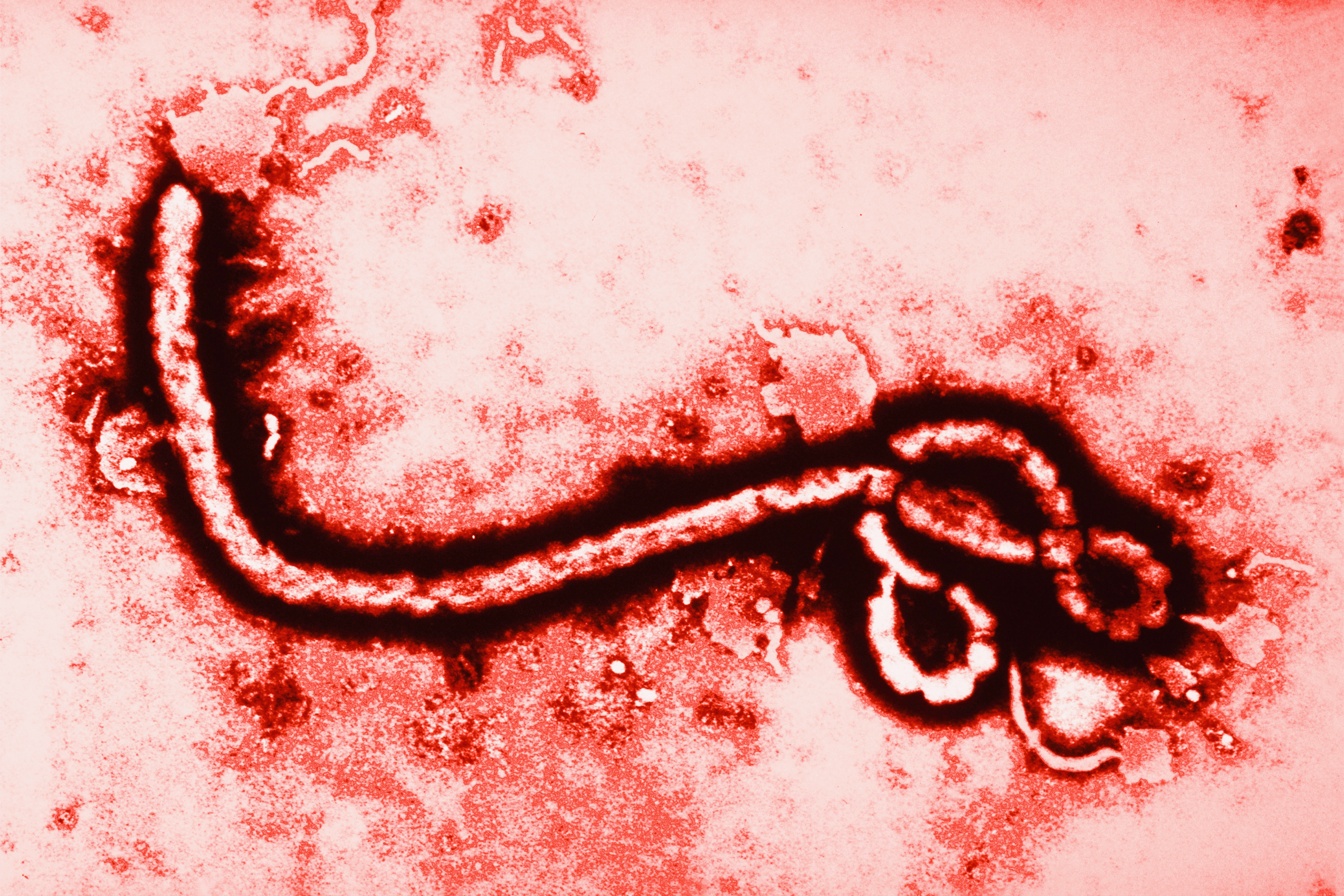Among the most troubling aspects of the spread of the Ebola virus is that the nations hit hardest are among the poorest in the world and, therefore, have few resources to treat those with the disease and prevent its spreading.
Sierra Leone ranks 110th among all nations based on population, at 6.2 million.
Measured by gross domestic product (GDP) (nominal) it ranks 83rd at $43.6 billion. Based on annual GDP (nominal), Sierra Leone ranks 148th at $4.7 billion, according to the International Monetary Fund (IMF). GDP per capita was $1,927 last year.
The CIA World Factbook’s evaluation of the Sierra Leone economy is grim, with much of the cause being corruption. However, mining could be a key to growth:
Sierra Leone is extremely poor. Nearly half of the working-age population engages in subsistence agriculture. The country possesses substantial mineral, agricultural, and fishery resources, but it is still recovering from a civil war that ended in the early 2000s that destroyed most institutions. In recent years economic growth has been driven by mining — particularly of iron ore and oil exploration. The country exports rutile, diamonds, and bauxite, and is vulnerable to fluctuations in international commodity prices. The country relies on external assistance to meet its budgetary needs; overseas grants make up one-fourth of total revenue. Corruption is a hindrance to foreign investment, although from 2011 to 2012 the country’s Anti-Corruption Commission increased convictions of high-level officials from nine to 22 and recovered millions of dollars. In December 2013, the US Millennium Challenge Corporation (MCC) did not hold a vote on the reselection of Sierra Leone because the country did not pass MCC’s Scorecard Corruption indicator; however, MCC continues compact development through a more limited engagement.
Comments from the IMF’s most recent official visit to the country in April are more sanguine:
Economic activity continues to expand robustly, mainly on account of a sharp increase in mining activity. Output expanded by an estimated 20 percent in 2013, 5½ percent excluding iron-ore mining activity. Reflecting subdued food prices, inflation has also continued to decelerate to 8½ percent at end-2013. Gross international reserves reached 3½ months of import cover, supported by increased export receipts from iron ore. The fiscal position improved, reflecting a strong revenue performance and expenditure restraint. The overall fiscal deficit is estimated to have narrowed to 1.9 percent of non-iron ore GDP, from 5.6 percent in 2012.
Program implementation remained good. At the end of December 2013, all quantitative performance criteria were met; and all quantitative indicative targets, but one, were observed. The indicative floor on poverty-related spending was lower than programmed mainly because of slower-than-expected execution of investment financed domestically. Structural reform measures planned for the end of December were also implemented on time.
However, these reforms may be undermined or delayed as the country fights the Ebola epidemic and some of its economic activity is harmed by a slowdown in exports and fear by businesses to keep people in the country.
SEE ALSO: The Worst Economies in the World
Find a Qualified Financial Advisor (Sponsor)
Finding a qualified financial advisor doesn’t have to be hard. SmartAsset’s free tool matches you with up to 3 fiduciary financial advisors in your area in 5 minutes. Each advisor has been vetted by SmartAsset and is held to a fiduciary standard to act in your best interests. If you’re ready to be matched with local advisors that can help you achieve your financial goals, get started now.
Thank you for reading! Have some feedback for us?
Contact the 24/7 Wall St. editorial team.


